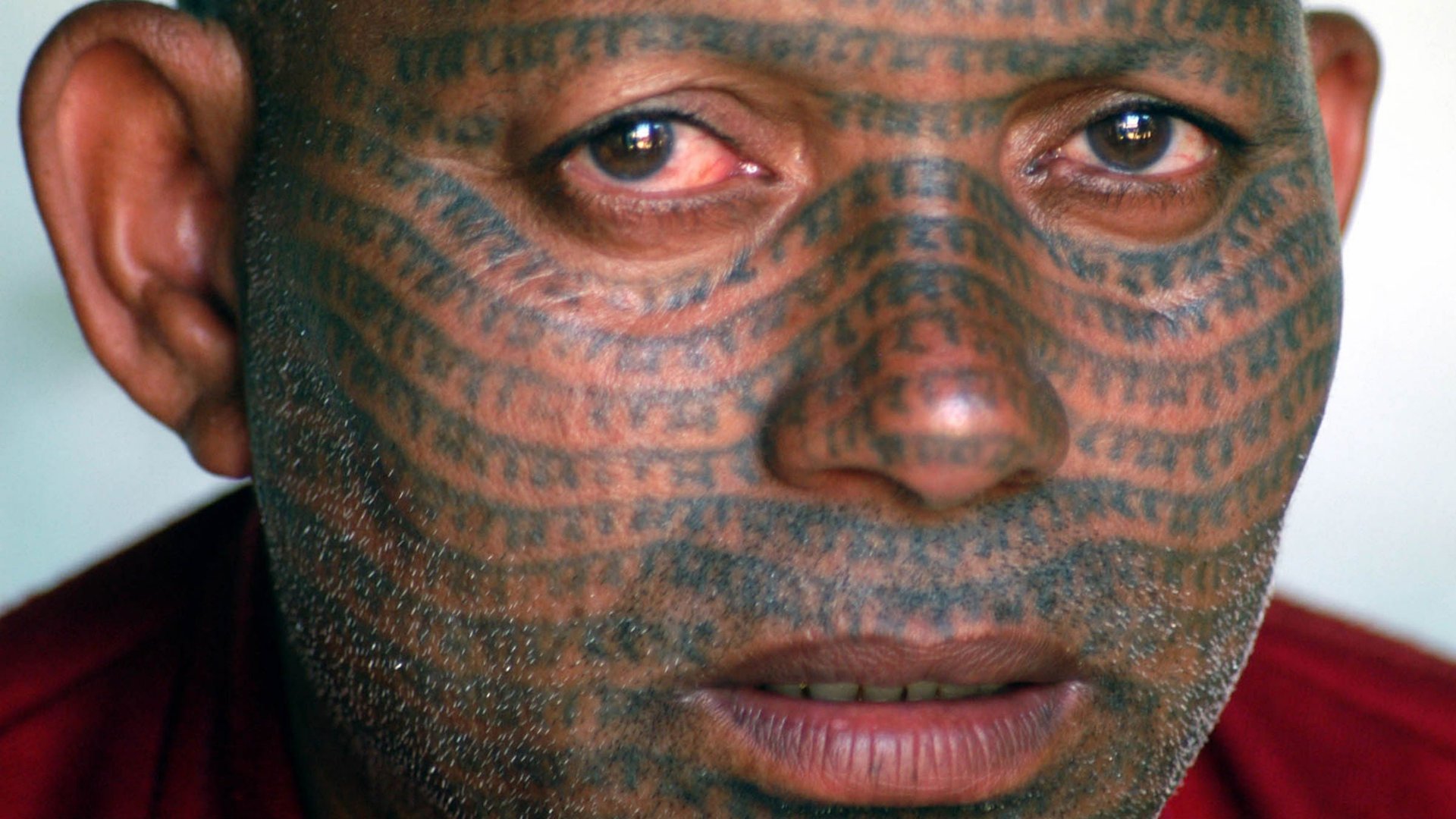The reason behind the universal appeal of tattoos
Tattooing, when you think about it, is like smiling: Nearly every culture does it, but not always for the same reason.


Tattooing, when you think about it, is like smiling: Nearly every culture does it, but not always for the same reason.
In a given society, the motivation for covering oneself in paint, ink, or even scars speaks to what the civilization as a whole holds dear.
Chris Rainier, a photographer for National Geographic and other publications, has traveled the world in search of cultures he describes as having “one foot in the Garden of Eden.” (He was also Ansel Adams’ last assistant). Speaking at the Aspen Ideas festival, which is organized jointly by The Atlantic and the Aspen Institute, he explained how “many cultures around the world believe that the body is a canvas waiting for a story to be told.”
From New Zealand’s Maori people to Angeleno gangsters, most cultures incorporate some form of tattooing. But “where the skin is too dark to tattoo, there is scarification,” Rainier said. When he would visit African societies that practice scarification, and he would ask locals who they thought was the most beautiful woman or the most handsome man, they would inevitably point to the most scarred. (Note: Rainier’s images are copyrighted, but you can view them at his website.)
Often, body modifications go beyond vanity, reflecting a necessary part of the transition to adulthood. He photographed one group of Papua New Guineans who believe all of mankind originated from crocodiles, and therefore its young initiates scar their skin to resemble the scales of a reptile.
To varying degrees, the same is true even of cultures that practice less extreme versions of tattooing. As Smithsonian described Rainier’s work, “In New Guinea, a swirl of tattoos on a Tofi woman’s face indicates her family lineage. The dark scrawls on a Cambodian monk’s chest reflect his religious beliefs. A Los Angeles gang member’s sprawling tattoos describe his street affiliation, and may even reveal if he’s committed murder.”
“They say, ‘This is who I am, and what I have done,’” Rainier told the magazine.
But not all tribal signifiers are imbued with such meaning. At Aspen, Rainier showed the audience an image from a warlike culture in Western Papua. The men there wear knee-length rattan skirts, from which protrude their yard-long penis sheaths.
“I’m here to tell you those have no utilitarian value whatsoever,” Rainier said. “Just think of young men with Porsches and Corvettes.”
Which just goes to show, the ways in which we mark our skin may vary widely, but deep down we’re all the same.